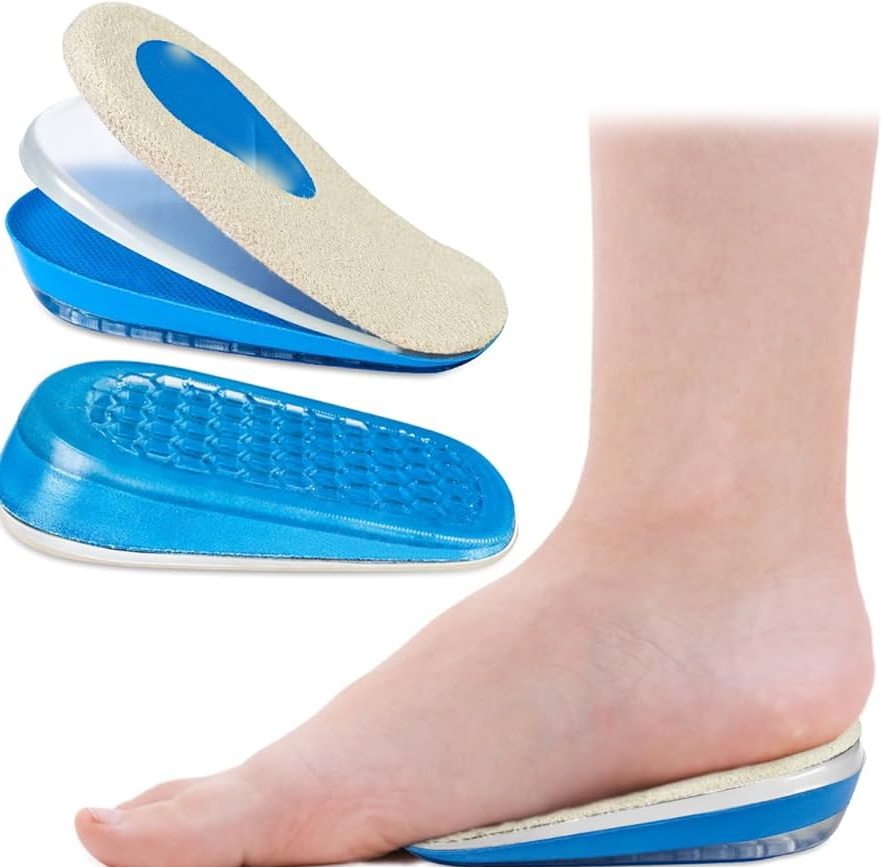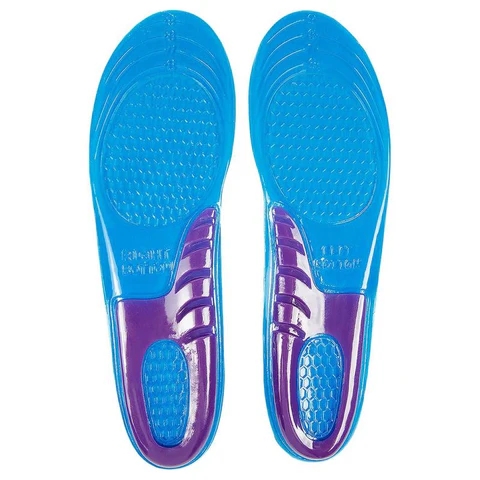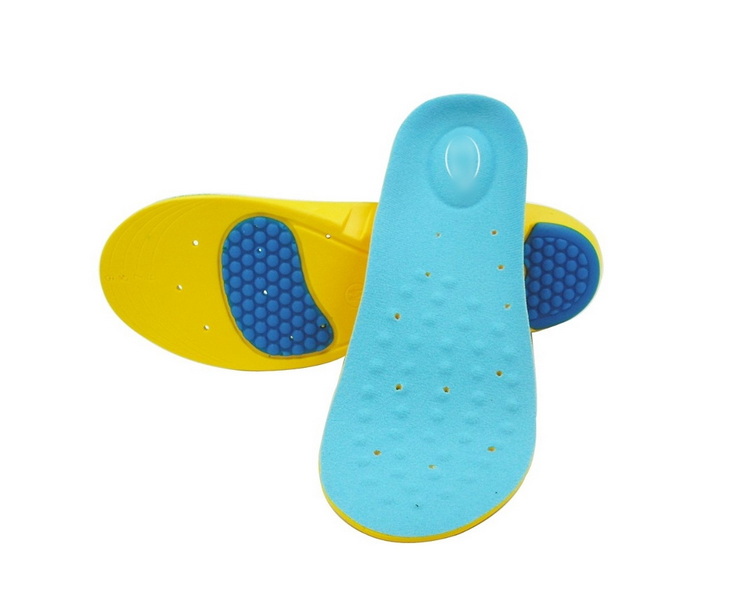Views: 222 Author: Edvo Publish Time: 2025-10-26 Origin: Site











Content Menu
● Key Factors Influencing Cost
>> Professional Assessment Costs
● Detailed Cost Breakdown Example
● The Orthotic Wedge Manufacturing Process
>> Step 2: Impression and Casting
>> Step 3: Mold Correction and Simulation
>> Step 4: Material Selection and Cutting
>> Step 5: Heat Molding and Vacuum Forming
>> Step 6: Grinding and Shaping
>> Step 7: Layering and Adhesion
>> Step 8: Finishing and Quality Inspection
>> Step 9: Fitting and Adjustment
● OEM Manufacturing Advantages
● Future Innovations in Orthotic Wedge Design
● How to Choose the Right Orthotic Wedge
● FAQs
>> 1. What factors make custom orthotic wedges more expensive?
>> 2. How long do orthotic wedges usually last?
>> 3. Can orthotic wedges be used across different shoe types?
>> 4. Do insurance policies cover orthotic wedges?
>> 5. What is the most durable material for orthotic wedges?
Orthotic wedges are essential components used to correct foot alignment and alleviate postural imbalances. They are widely applied in sports, rehabilitation, and everyday footwear to enhance stability and comfort. The cost varies depending on materials, design complexity, and manufacturing process. This article explores all aspects of orthotic for shoes wedge production, pricing, and usage from a professional manufacturing perspective.

An orthotic wedge is a supportive insert designed to adjust the orientation of the foot within a shoe. It can correct biomechanical issues such as overpronation or underpronation by altering the angle between the heel and forefoot. These wedges are available in lateral, medial, and heel-lift variations, depending on therapeutic goals.
They are widely used in sports shoes, orthopedic footwear, and custom insoles prescribed by podiatrists. Many international shoe brands now incorporate OEM-manufactured wedges into their designs for enhanced ergonomic comfort.
The price of orthotic wedges varies greatly between prefabricated and custom models. The general pricing categories are:
| Type | Application | Average Price Range (USD) |
|---|---|---|
| Over-the-Counter (OTC) Wedges | Ready-made inserts for casual users | 10 – 80 |
| Semi-Custom Orthotics | Thermoformable materials adjusted to user shape | 60 – 300 |
| Fully Custom Orthotics | Fabricated from 3D scans or molds | 300 – 800 |
| Advanced Medical Orthoses | Used for orthopedic treatments | 500 – 2000+ |
While an OTC wedge may be accessible for less than $50, medical-grade or custom CAD-designed orthotics require advanced fabrication techniques, commanding higher prices. Custom devices are designed for patients with complex gait issues or specific orthopedic requirements.
Materials largely define performance and longevity. EVA foam provides lightweight cushioning, while carbon fiber composites enhance strength and responsiveness. Rubber, cork, and polyurethane are economical alternatives but wear faster. Advanced versions may combine multiple layers with heat-molded bases for enhanced flexibility.
The more personalized the orthotic wedge, the higher the production cost. Custom wedges require precise measurements, 3D scans, and professional foot assessment before modeling. These processes ensure optimized alignment for the user's anatomy.
Mild postural correction can be managed with pre-molded wedges, whereas severe deformities demand medical-grade orthoses. For instance, wedges used to treat conditions like pes planus (flat feet) or valgus deformity are usually costlier due to structural reinforcements.
Production involves molding, vacuum forming, grinding, and finishing steps that require labor-intensive craftsmanship. Each layer—core, adhesive, and top cover—must be precision-aligned to ensure biomechanical integrity.
Podiatric evaluation and gait testing typically cost between $60 and $150, depending on the clinic. These services ensure correct angle measurement for wedge placement and adjustment.
A typical fully custom orthotic wedge package may include:
- Foot scan and diagnostic evaluation: $100
- Modeling and mold casting: $150
- Material processing and fabrication: $250
- Finishing, fitting, and adjustments: $75 – $100
- Total average: $450 – $700 per pair
Semi-custom versions usually cost $100–250, depending on material grade and labor steps. Economies of scale can significantly reduce pricing for OEM production orders.
Producing custom orthotic wedges is a blend of mechanical precision and artisan expertise. The process involves multiple sequential stages designed to optimize both fit and comfort.
The process begins with digital or manual foot analysis. Foot structure, arch height, and pressure points are recorded using 3D scanning or foam box molds. Digital scanning offers superior accuracy, allowing technicians to analyze dynamic movement parameters.
If 3D scanning is unavailable, a foam or plaster impression is used. The impression captures the natural contour of the foot in a non-weight-bearing state. Once set, the negative mold is poured with casting material to create a positive foot model.
Lab technicians adjust the model to correct defects and accommodate prescribed angles. This step allows optimization of heel height, tilt degree, and arch contour before production. During CAD modeling, the technician can visualize how the wedge will influence gait balance.
Materials are selected based on function and comfort. EVA foam is the most widely used, though high-performance models incorporate layered thermoplastic elastomers. Sheets are cut to precise dimensions for later vacuum forming.
In this phase, the cut material is heated and vacuum-formed over the positive mold. This process shapes the wedge to match the exact anatomical curve of the foot. Shells are cooled gradually to maintain dimensional stability.
The molded wedge undergoes rough and fine grinding to achieve the desired thickness and curvature. Skilled technicians shape the medial and lateral edges to ensure symmetrical support throughout the sole.
Multiple layers of materials are laminated using heat-sensitive adhesives. Each layer is bonded under controlled pressure to prevent bubbles and ensure even support. After cooling, the assembly becomes a unified structure capable of distributing load uniformly.
Edges are sanded smooth, engraved for identification, and buffed for a clean, professional finish. Each pair undergoes detailed inspection to verify measurements and firmness before packaging. Custom markings or logos are often added for branding purposes.
Final fitting is conducted with the shoe to test balance and comfort. Minor corrections can be performed instantly at the clinic or production lab. For OEM clients, adjustment data helps improve future production runs and ensure consistency across batches.

Properly maintained orthotic wedges last approximately 2–4 years. Heavy athletic use may shorten lifespan due to repeated compression cycles. To maintain optimal performance:
- Avoid high temperatures or water exposure.
- Clean with mild detergent and a soft cloth.
- Check for deformation or peeling regularly.
- Replace top covers once surface hardness increases.
High-quality wedges can retain shape and bounce through thousands of steps without deterioration. For medical use, regular refitting ensures continued effectiveness.
For international footwear and medical suppliers, partnering with a Chinese OEM manufacturer ensures substantial cost efficiency. Bulk production benefits include:
- Reduced unit cost (as low as $12–15 per pair for large orders).
- Access to advanced CNC forming lines and 3D milling.
- Reliable raw material sourcing and quality certification.
- Scalable customization for private branding or retail labeling.
OEM suppliers often use precision vacuum molding and laser cutting to produce thousands of units per day, ensuring consistent accuracy while meeting global export standards.
Recent advancements incorporate 3D printing, AI-driven gait correction, and smart sensor integration. Modern wedges may include pressure-responsive zones to adapt dynamically to body movement. These innovations allow medical practitioners to prescribe adaptive orthoses for personalized biomechanics correction.
The integration of machine learning into gait analysis enables predictive customization. This means wedges can be pre-designed to reduce stress on joints based on user walking patterns, effectively merging healthcare with digital engineering.
Selecting the right wedge depends on purpose and user profile:
- For sports performance: Lightweight EVA or carbon fiber wedges that enhance rebound.
- For rehabilitation: Gel or silicone wedges to reduce shock.
- For daily use: Cork or multi-layer composites for lasting support.
- For medical correction: Individually cast orthotics adjusted under professional supervision.
Users are advised to avoid very soft inserts, which may reduce corrective function. Proper consultation ensures balance between comfort and correction efficiency.
Orthotic wedges are vital for foot health, providing biomechanical correction and improved balance. While prefabricated models may cost as little as $10, fully customized orthotics crafted from diagnostic data and premium materials can range between $300 and $800. Custom manufacturing ensures precision-fit comfort, while OEM production lowers cost for large-scale distribution. Investing in quality orthotic wedges supports comfort, injury prevention, and long-term musculoskeletal health.

They require 3D scanning, individual mold fabrication, hand-finishing, and medical-grade materials, all contributing to precision and higher costs.
With regular maintenance, they last two to four years, depending on material type, body weight, and activity level.
Yes, most removable inserts can fit multiple types of footwear, but proper sizing ensures optimal alignment.
In many regions, medical insurance partially covers custom orthotics prescribed for injury recovery or structural correction.
Carbon fiber and high-density EVA offer the best combination of durability and weight performance for long-term use.